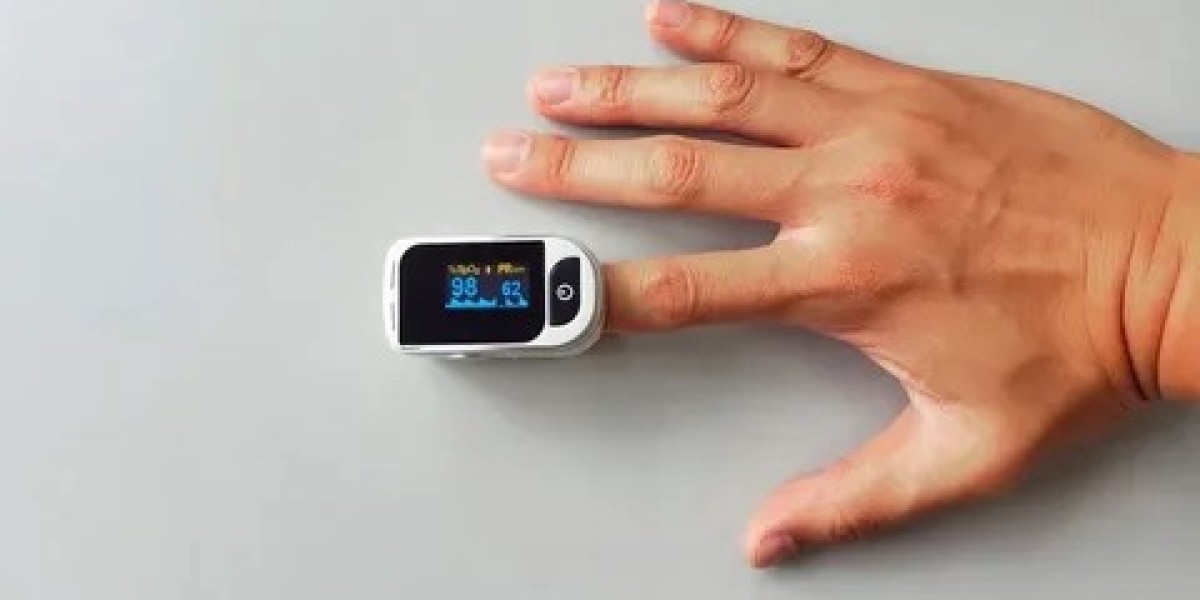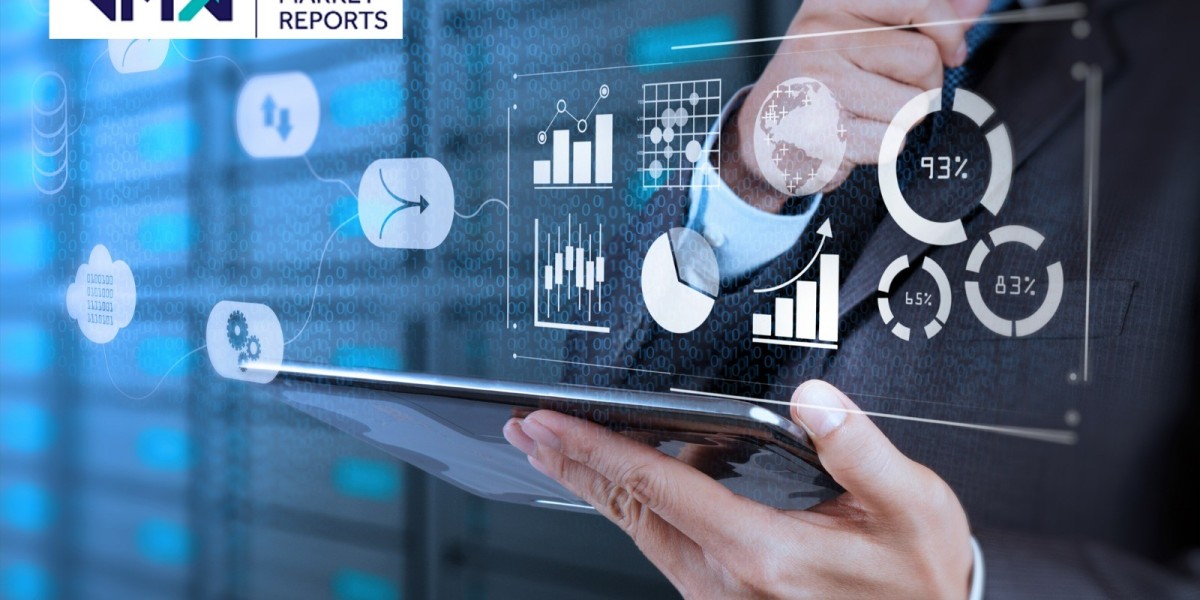What is a Pulse Oximeter?
A pulse oximeter is a noninvasive medical device that measures the oxygen saturation of a patient's blood and changes in skin color that reflect pulse rate. It is a simple and painless test that is proving invaluable in monitoring patients during and after procedures. Pulse oximetry helps determine how well the lungs are working by measuring the percentage of hemoglobin in blood that is saturated with oxygen.
How Pulse Oximeters Work
All pulse oximeters work on the basic principle of spectrophotometry, which is the measurement of the absorption, reflection or transmission of light as it passes through a medium such as a finger, earlobe or forehead. The device shines dual wavelengths of light, usually red and infrared, through a translucent part of the body. Oxygenated hemoglobin absorbs more infrared light and reduces more red light compared to deoxygenated hemoglobin.
A sensor clip containing the light source and a photodetector is placed on a finger, earlobe or forehead. As the heart pumps blood through the vessels, more blood passes under the sensor site with each beat, causing variation in light absorption. The photodetector records these color changes and an internal microprocessor analyzes the signals to calculate oxygen saturation and pulse rate values which show on a small digital display.
Accuracy and Limitations
When used properly on appropriate patients, Pulse Oximeter generally provide accurate and reliable readings. However, there are some limitations to consider. Nail polish, dark skin pigmentation, poor circulation, low blood volume and motion artifact can potentially affect readings. The device may underestimate true oxygen saturation in conditions like carbon monoxide poisoning or methamphetamine use. Readings can appear normal even with serious lung conditions if oxygen is carried by hemoglobin rather than atmospheric gases.
Areas of Clinical Application
Pulse oximetry is commonly used in operating rooms, emergency rooms, intensive care units, general medical/surgical units, and pre-hospital settings. It allows noninvasive and continuous monitoring of patients under anesthesia, those receiving supplemental oxygen, or suffering breathing difficulties. Sudden drops in oxygen saturation levels can identify worsening lung conditions or accidental dislodging of breathing tubes before clinical signs appear.
Post-surgical patients benefit from pulse oximetry to ensure adequate oxygenation following procedures. In pre-hospital settings like ambulances, it allows emergency medical technicians to monitor patients during transport and detect any deterioration. These point-of-care devices also see extensive usage in general practice and clinics for screening and monitoring of respiratory infections, asthma, heart failure and other lung diseases.
Newer Applications
With advances in wireless technologies and miniaturization, pulse oximetry is finding innovative applications beyond the clinical monitoring space. Fingertip pulse oximeters are now incorporated in sleep apnea home screening and treatment devices. They sound an alarm if oxygen levels drop dangerously low during sleep due to obstructed breathing.
Wireless pulse oximeter clips embedded in bedsheets allow continuous overnight monitoring of elderly patients or infants in a non-intrusive way. Developments are also underway to integrate this technology into wearable tech like smartwatches and fitness trackers to monitor exercise tolerance and detect issues.
Benefits and Outcomes
Pulse oximetry has tremendously benefited patient care and outcomes by providing an easy, cost-effective way to continuously track patients' oxygenation status noninvasively. Numerous clinical studies have demonstrated it can significantly reduce hypoxemia-related complications, length of stay and hospital costs compared to intermittent arterial blood gas analysis. It empowers clinicians to intervene earlier if oxygen saturation levels drop, minimizing risks of organ damage.
For everyday individuals, devices like fingertip pulse oximeters are proving helpful in recognizing early signs of declining lung health due to infections, exacerbations of asthma or COPD. They encourage more proactive care-seeking versus waiting until symptoms become severe. Overall, pulse oximetry has revolutionized respiratory monitoring and enhanced safety for patients globally in both clinical and domestic settings. With ongoing advances, its scope and impact will continue expanding in medical practice and beyond.
Get more insights on Pulse Oximeter
About Author:
Ravina Pandya, Content Writer, has a strong foothold in the market research industry. She specializes in writing well-researched articles from different industries, including food and beverages, information and technology, healthcare, chemical and materials, etc. (https://www.linkedin.com/in/ravina-pandya-1a3984191)



